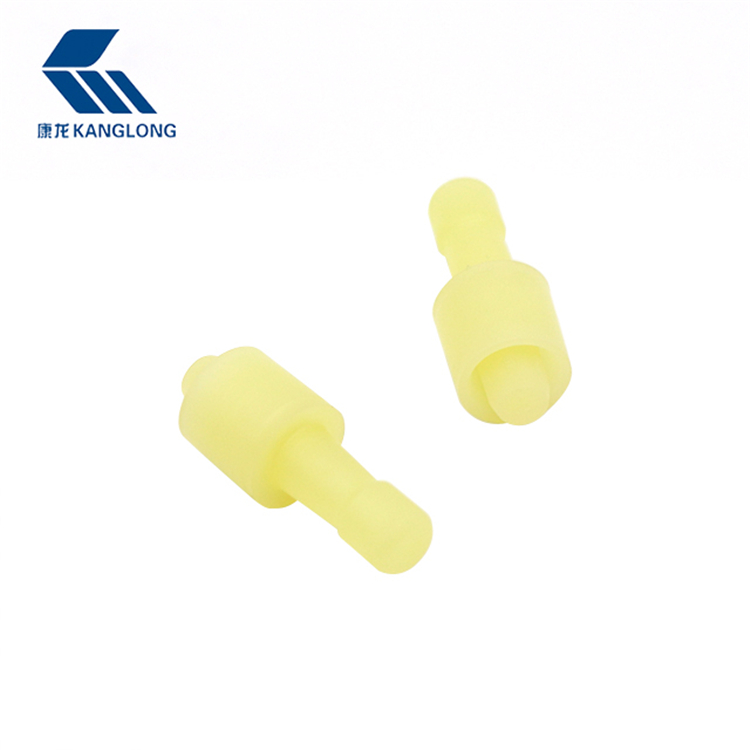The pharmaceutical industry relies heavily on various packaging materials to ensure the safety, efficacy, and longevity of drugs. One such crucial component is the rubber stopper. Used extensively to seal vials and bottles, rubber stoppers play a vital role in preventing contamination and maintaining the integrity of the medications inside. However, like many other materials in the healthcare sector, these stoppers contribute to significant waste, environmental concerns. As awareness of sustainability and environmental impact grows, the recycling of pharmaceutical rubber stoppers has become a topic of increasing importance.

These stoppers are used in both liquid and lyophilized (freeze-dried) formulations. After filling the vials with medication, the rubber stoppers are inserted to seal them. The material of the stopper must meet strict standards set by regulatory bodies such as the U.S. Food and Drug Administration (FDA) and the European Medicines Agency (EMA), ensuring that they do not interact with the medication or compromise its integrity.
While rubber stoppers are a crucial component in pharmaceutical packaging, they present several challenges when it comes to recycling:
Pharmaceutical rubber stoppers come into contact with drugs, which can result in contamination. Due to their use in a controlled environment, these stoppers are often exposed to highly potent medications. This makes it difficult to recycle the material without risk of contamination. Even when the rubber stoppers are removed from their vials, traces of medication may remain, requiring rigorous cleaning and decontamination before they can be recycled.
Rubber stoppers are typically composed of a mix of synthetic rubbers and other additives, such as curing agents, stabilizers, and plasticizers. This complex combination makes it harder to separate the materials during recycling, as the various components may have different melting points and chemical properties.
The pharmaceutical industry is heavily regulated, and recycling pharmaceutical materials like rubber stoppers must adhere to strict guidelines. Any recycled rubber material that is used in direct contact with drugs must undergo thorough testing to ensure that it does not negatively affect the quality or safety of the medication. This regulatory oversight adds an extra layer of complexity to the recycling process.
Despite the growing awareness of environmental issues, the infrastructure to recycle pharmaceutical rubber stoppers is still limited. Unlike common materials like plastic or glass, rubber stoppers are not widely accepted by standard recycling programs, and specialized recycling processes are often required. Additionally, not all pharmaceutical companies or facilities have the resources or knowledge to implement effective recycling solutions.
Despite the challenges, there are numerous benefits to recycling pharmaceutical rubber stoppers. Here are some of the key advantages:
The environmental benefits of recycling pharmaceutical rubber stoppers are significant. Rubber is not biodegradable, meaning that when these stoppers are disposed of in landfills, they can contribute to long-term waste accumulation. Recycling these materials reduces the amount of rubber waste that ends up in landfills, which in turn helps decrease pollution and conserve natural resources.
Recycling rubber stoppers can also result in cost savings for pharmaceutical companies. By reusing rubber material, companies can reduce the need for new raw materials, cutting down on the overall production costs. This is particularly important in a highly competitive industry, where reducing expenses while maintaining product quality is essential.
As the pharmaceutical industry moves towards greater sustainability, recycling pharmaceutical rubber stoppers is one way to reduce its environmental footprint. Many pharmaceutical companies are increasingly focusing on sustainable packaging and manufacturing practices. Recycling rubber stoppers contributes to this effort by promoting a circular economy where materials are reused rather than discarded.


 English
English Español
Español


.jpg?imageView2/2/w/500/h/500/format/jpg/q/100)






